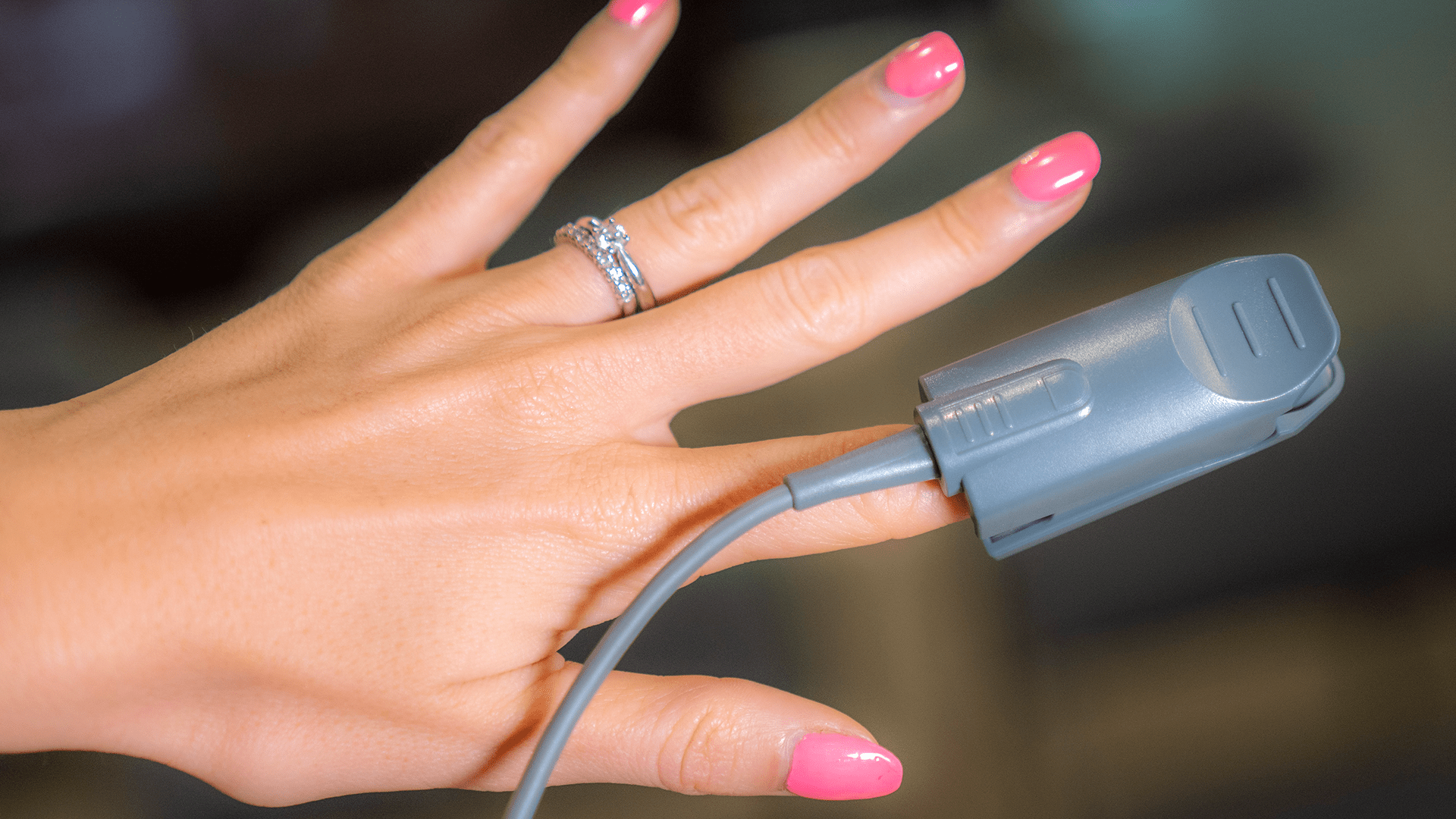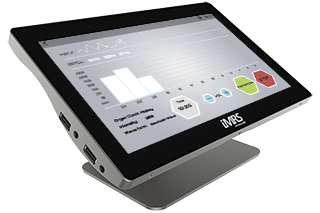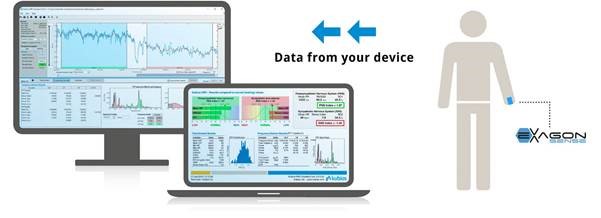



Heart Rate Variability HRV Bio-Feedback
In recent years, the importance of HRV as an indicator of health has become another important tool to accurately assess autonomic nervous system function and the body’s ability to handle stress. HRV analysis is widely used in different applications including health and science research, stress and wellbeing and exercise and recovery monitoring. Heart Rate (HR) and Heart Rate Variability (HRV) is not the same thing. HR is the number of heart beats per minute and HRV is the fluctuation in the time intervals between adjacent heart beats. HRV is concerned with analyzing the intervals between heart beats, which are called inter – beat intervals (IBIs)
The ability to analyse yourself
During your iMRS Prime full body mat session together with the optional Exagon Sense tool (available as an optional extra with all models); the Exagon Sense dynamically regulates the applied PEMF field intensity subject to the user’s HRV for the duration for the application. During your PEMF and Exagon Sense session the iMRS is recording the data from your session. The file can then be downloaded and used for further analyses.
Regular use of PEMF and the Exagon Sense will train your HRV over time. Improvement of the Autonomic Nervous system has major implications for overall health and longevity.

Market leaders in HRV Analysis
Kubious HRV software is the market leader in Heart Rate Variability analysis software for scientific research and professional use. Kubios HRV Standard is freeware HRV analysis software for non commercial personal use. Kubios HRV software has been developed by an experienced team of medical physicists from Kuopio, Finland. The first version of Kubios was released in 2004. The software today has been used in over 800 scientific studies. Analysing your data with Kubious offers a unique insight to assess the user’s health over time and their response to the settings chosen on the iMRS prime and any other lifestyle changes which would impact on stress levels and therefore HRV results. For further information please click on the Kubios download below.

SpO2 – Oxygen levels
The ‘Exagon Sense’ of the iMRS Prime is capable of indicating the SpO2 value (the amount of oxygen in your blood) during an application using a so-called photoplethysmographic sensor. The light wave from the sensor detects variations in the blood’s colour, which indicate the degree of oxygenation saturation. A normal reading is from 95 to 100% (of oxygenated vs. un-oxygenated haemoglobin). Below that range is a state called hypoxemia, the main reason for concern is that when this turns into hypoxia, a state of low oxygen levels in the tissues which can cause both organ and cell damage. There are many benefits to using PEMF including improved circulation and improved oxygen uptake in the cells. You can also see the effectiveness of your iMRS session by monitoring your Sp02 levels.
The Exagon Sense as you can see offers additional benefits in addition to PEMF effects on blood viscosity and improved oxygen in the cells, with a daily personal dynamic PEMF session improving your HRV over time with a regulatory and balancing effect on the Autonomic Nervous system.
Health and Wellbeing at its best!
